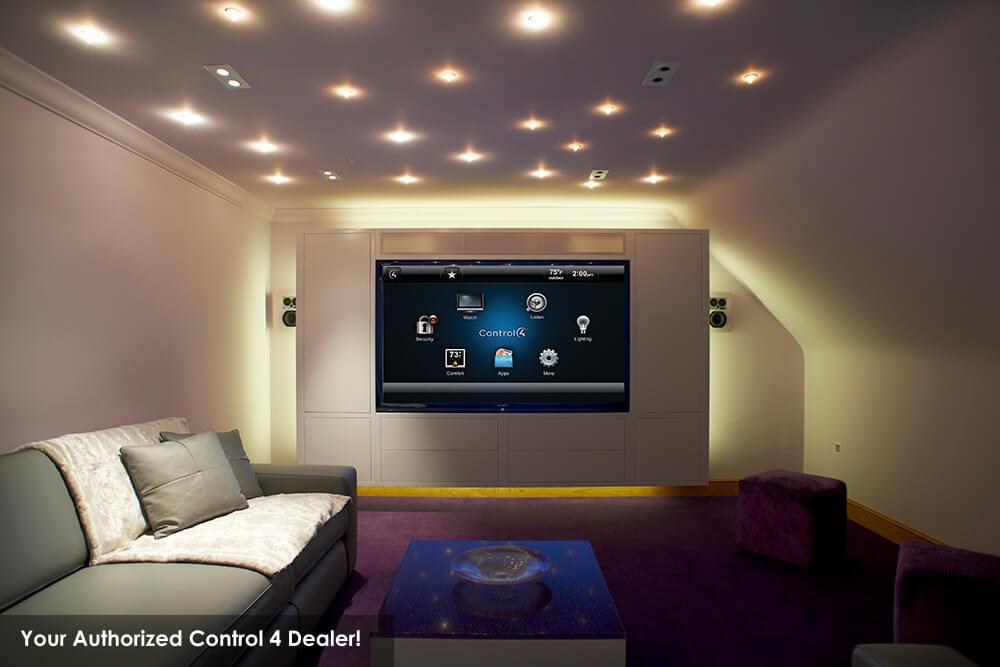Harmonizing Legacy Platforms with Advanced Audio Connectivity Technologies to achieve Enhanced Efficiency and Flexibility.
Harmonizing Legacy Platforms with Advanced Audio Connectivity Technologies to achieve Enhanced Efficiency and Flexibility.
Blog Article
In today's rapidly evolving world of audio technology, the requirement to enhance efficiency and adaptability in audio solutions is increasingly crucial than ever before. Many entities and locations still rely on legacy technologies, which are antiquated technologies that may not have the features of modern equipment. However, harmonizing these legacy technologies with state-of-the-art sound communication solutions can lead to significant enhancements. Sound communication enables for improved interconnectivity between devices, making it simpler to manage and manage audio across various areas.
A of the primary advantages of combining legacy systems with modern sound networking is enhanced flexibility. Traditional audio technologies often require complicated cabling and limited pathway choices. With audio networking solutions like Dante or AVB, sound transmissions can be transmitted over standard Ethernet connections. This means that users can easily connect multiple devices without the need for extensive reconfiguration. Whether within a concert venue, a educational theater, or a corporate function, this adaptability enables for rapid adjustments and changes to the audio setup without significant downtime.
Performance is another major factor that improves when outdated technologies are upgraded with up-to-date networking solutions. Legacy technologies may struggle to deliver high-quality audio, particularly in bigger spaces or in complex occasions. By implementing sound networking, organizations can take advantage of advanced features such as low latency, timing, and digital data processing. These advancements that site assist guarantee that audio is distinct and uniform, improving the complete experience for listeners and performers alike. This shift can create a marked difference in how audio is experienced in various settings.
Moreover, integrating outdated technologies with contemporary technologies can lead to cost savings in the long run. Although upgrading to new equipment may necessitate an upfront investment, the effectiveness gained through audio networking can reduce upkeep costs and decrease the need for continuous repairs. Furthermore, networked technologies often require less tangible space than conventional setups, which can save on property expenses in locations. Organizations can allocate funds more effectively, using the savings they retain to allocate resources in other important fields.
Finally, training staff on the method to use combined technologies becomes easier with audio networking. Numerous modern audio communication systems come with intuitive interfaces and remote management capabilities. This means that including those who may lack extensive technical expertise can be trained to manage and control the audio solutions effectively. Training programs can be developed around these solutions, empowering personnel to maintain and troubleshoot systems with confidence. By blending the legacy with the modern, entities can create a more capable and knowledgeable workforce, in the end leading to improved audio experiences for everyone concerned.